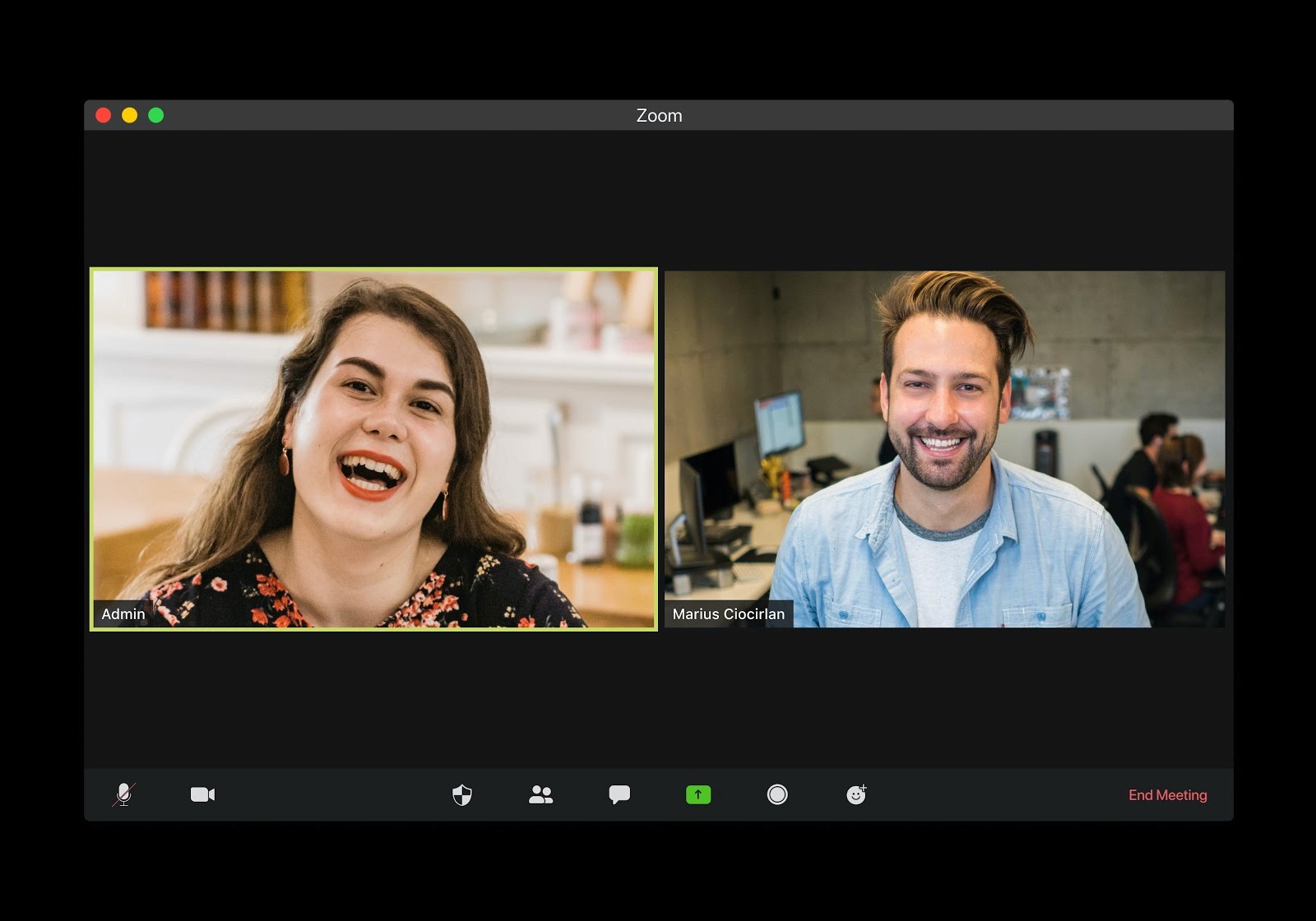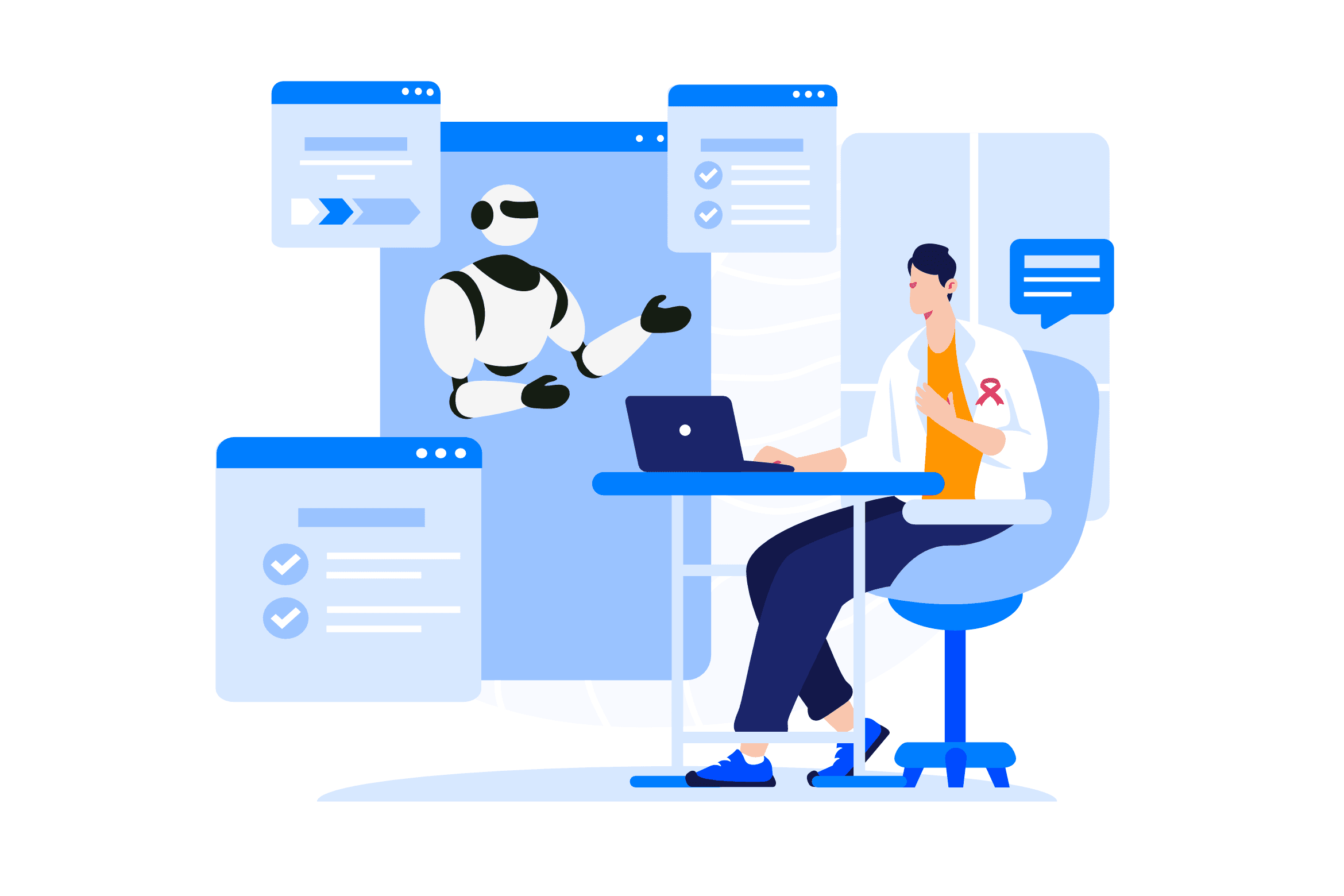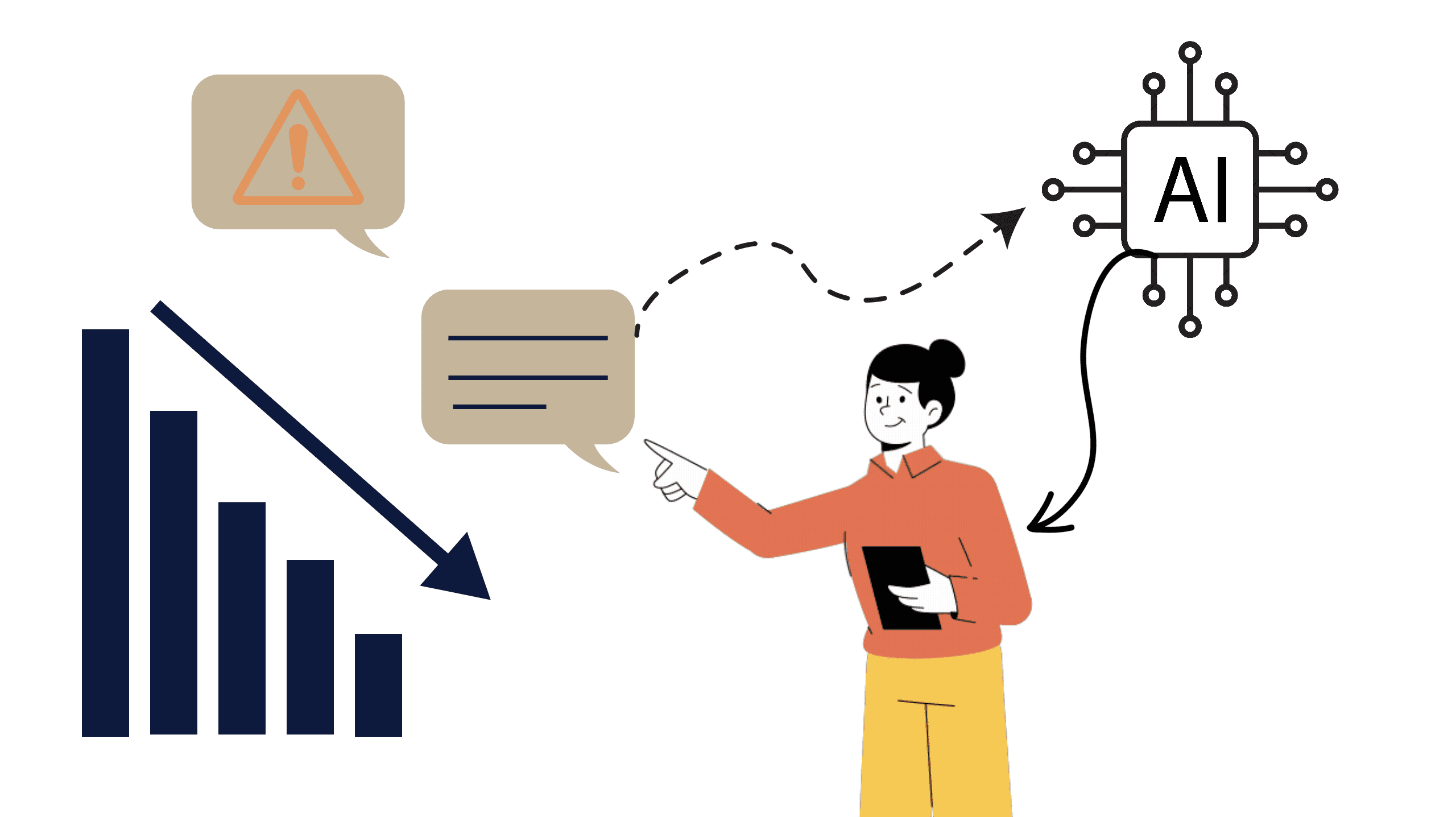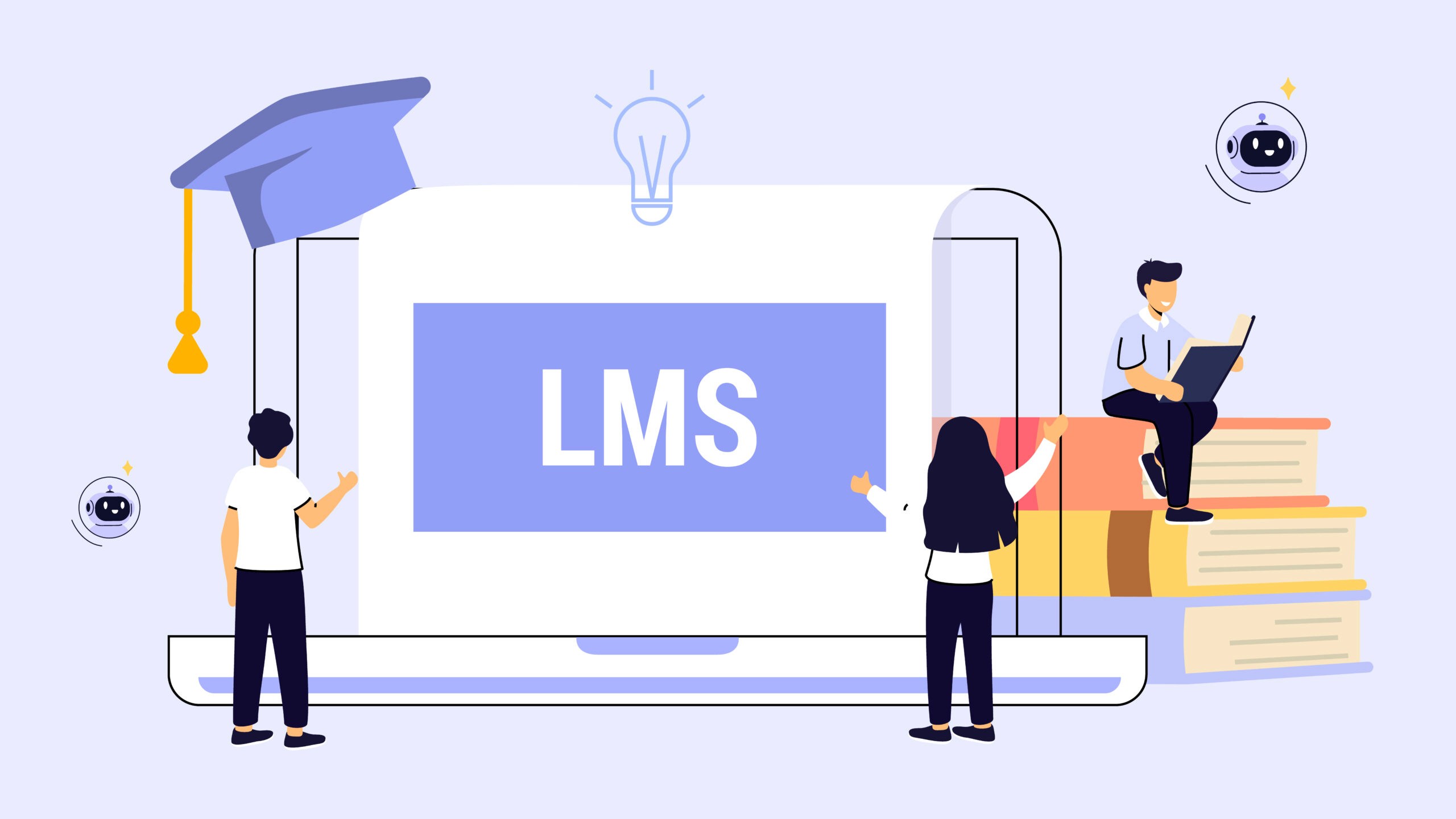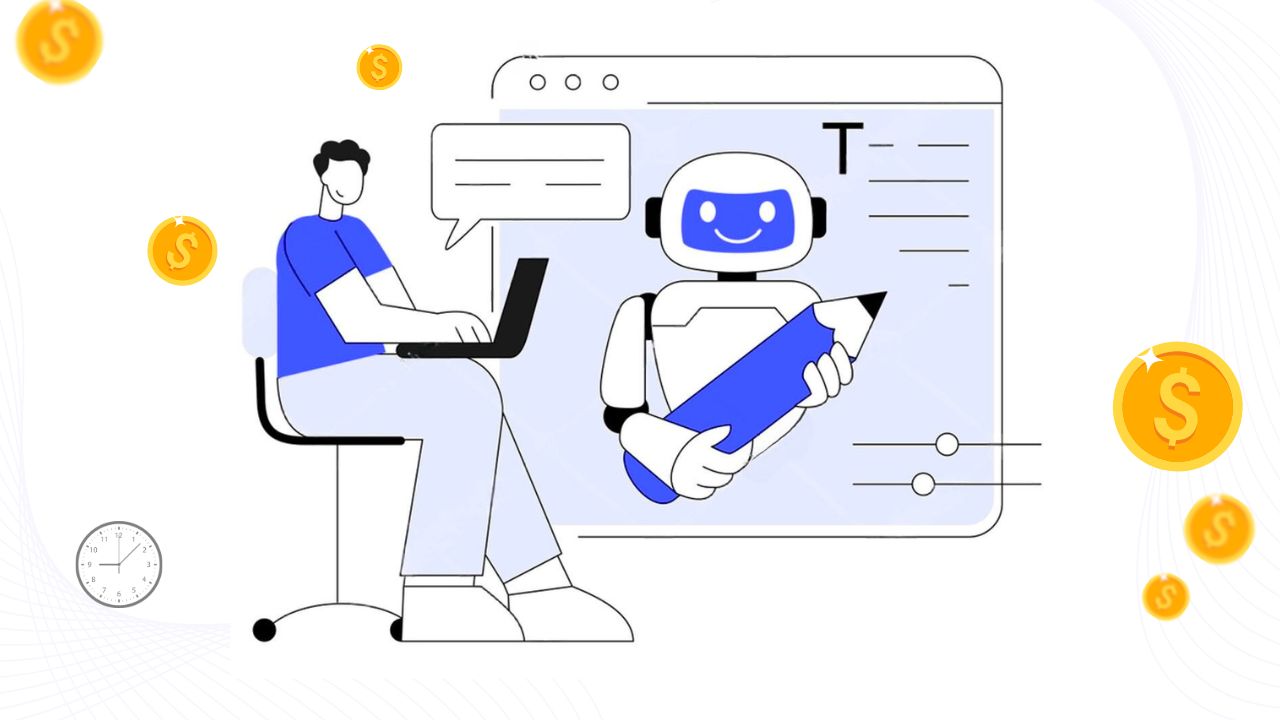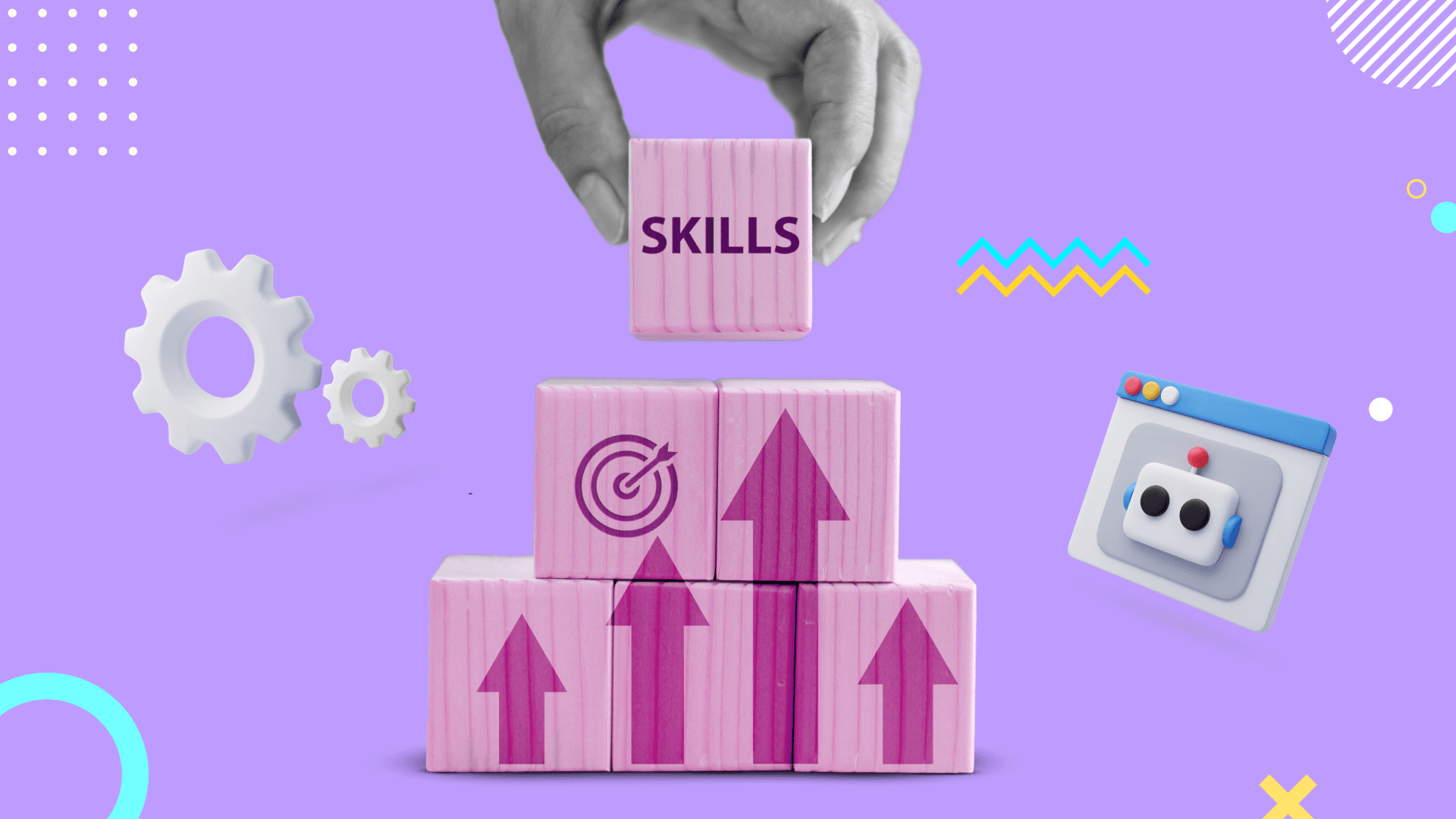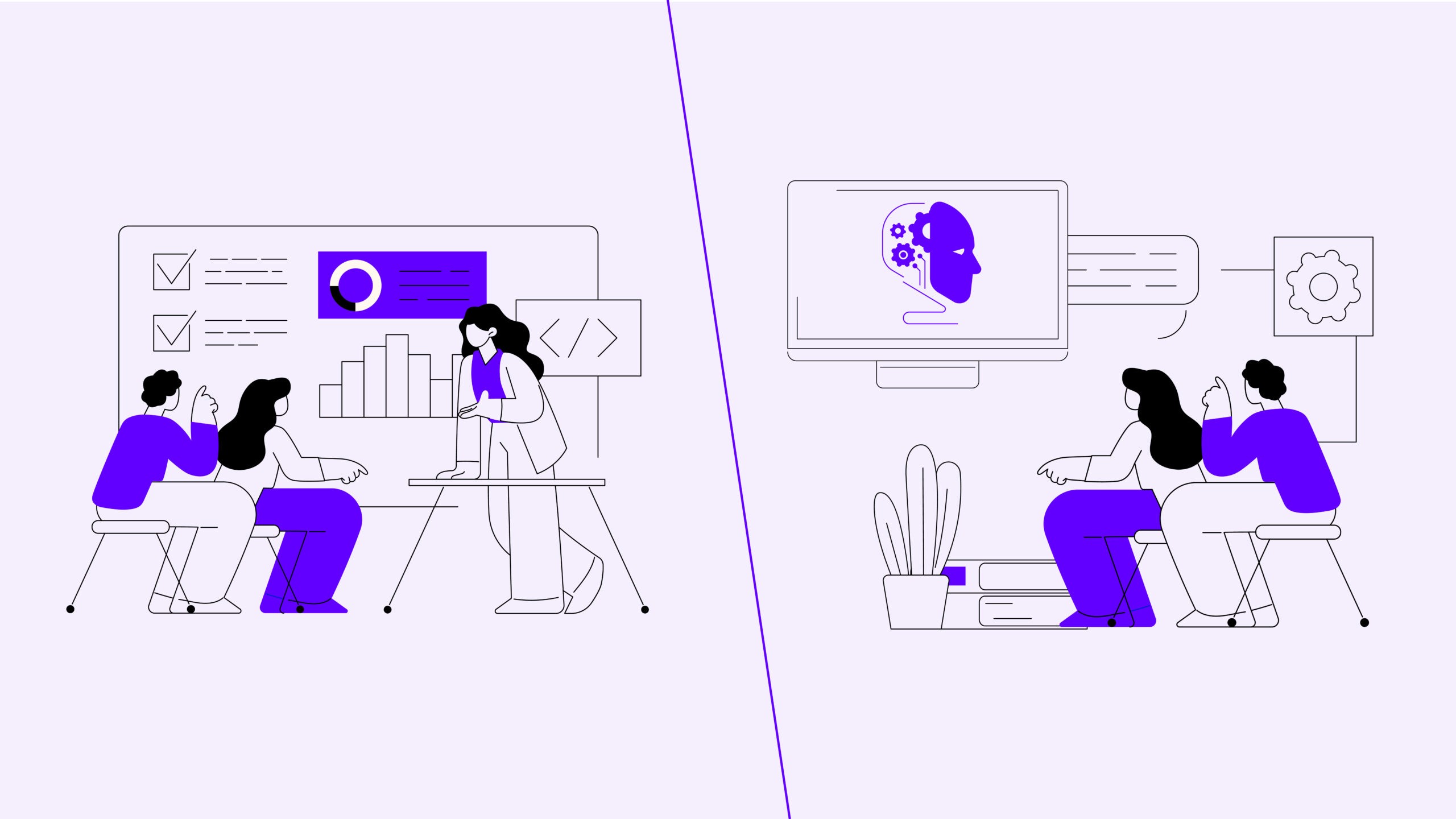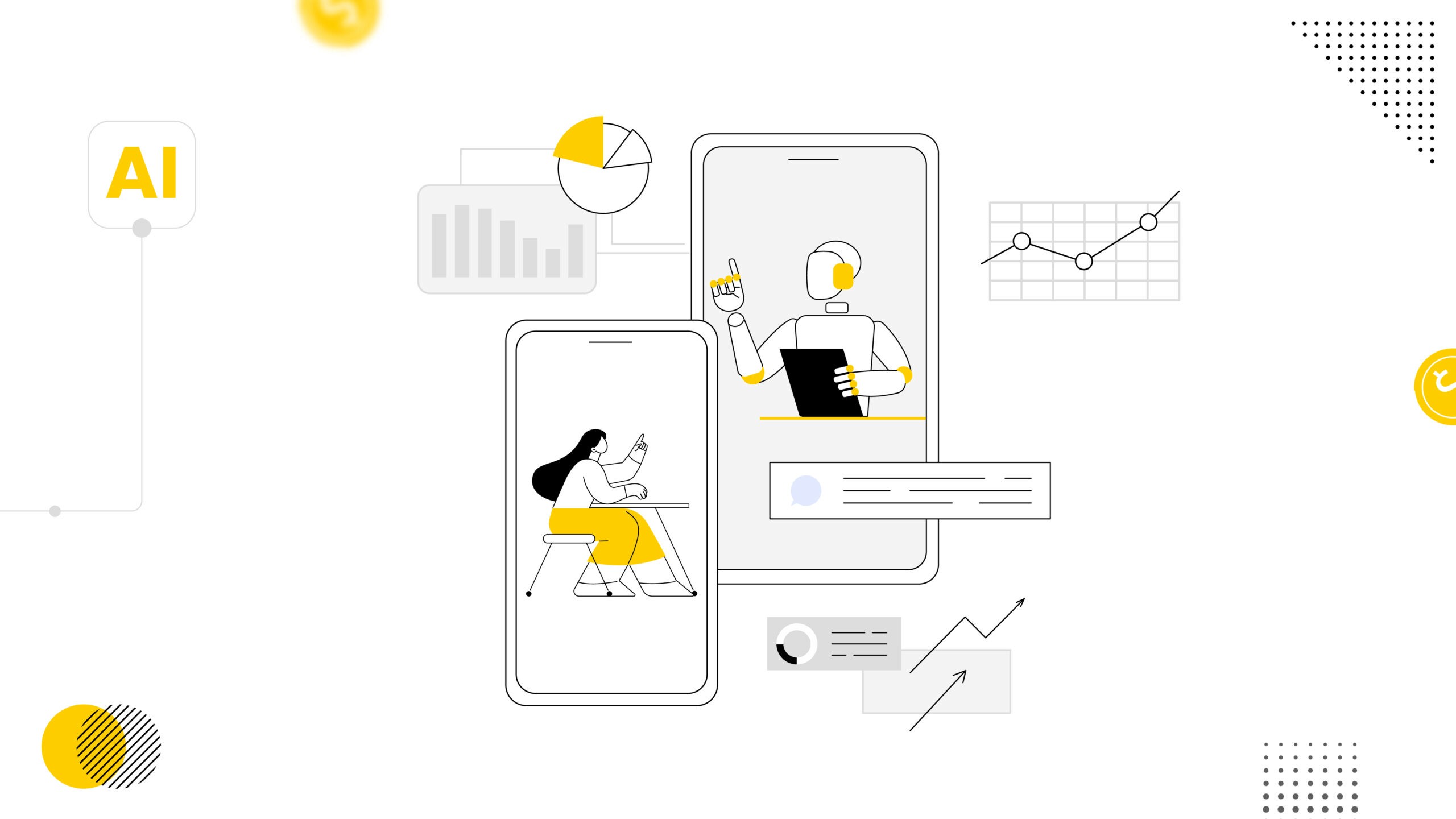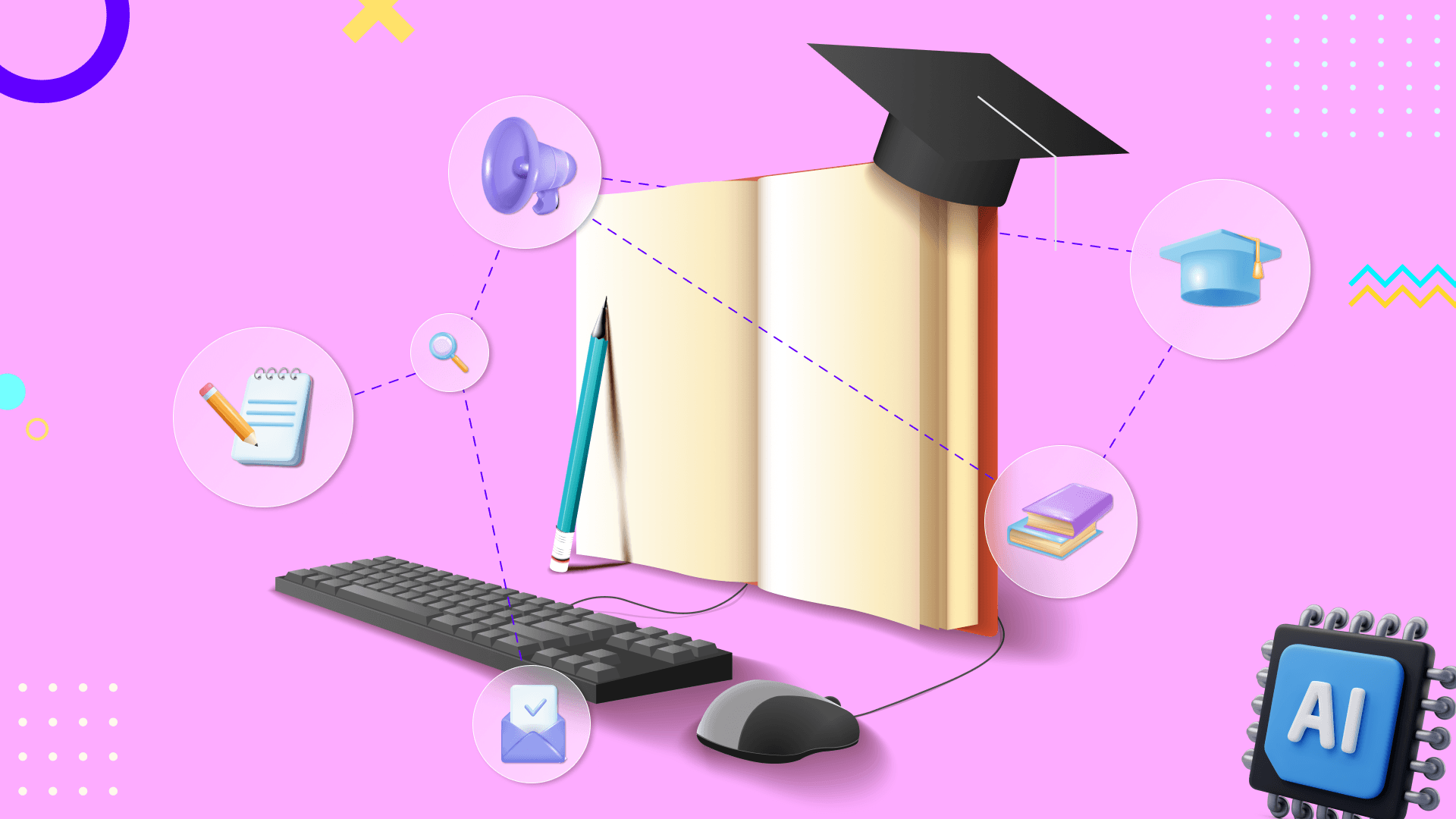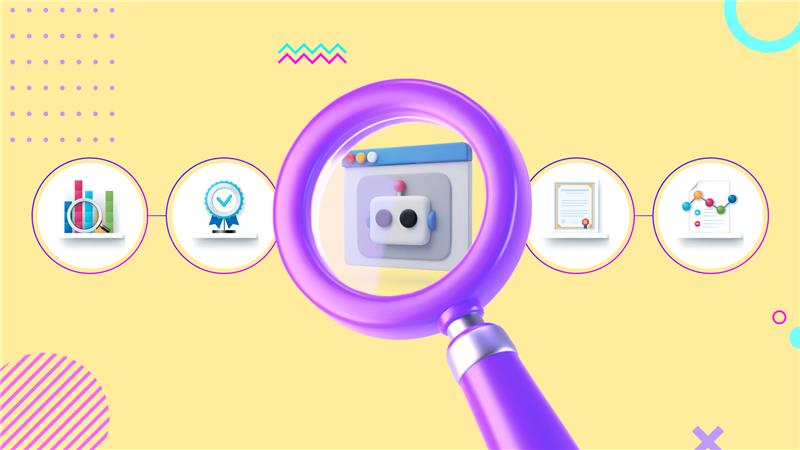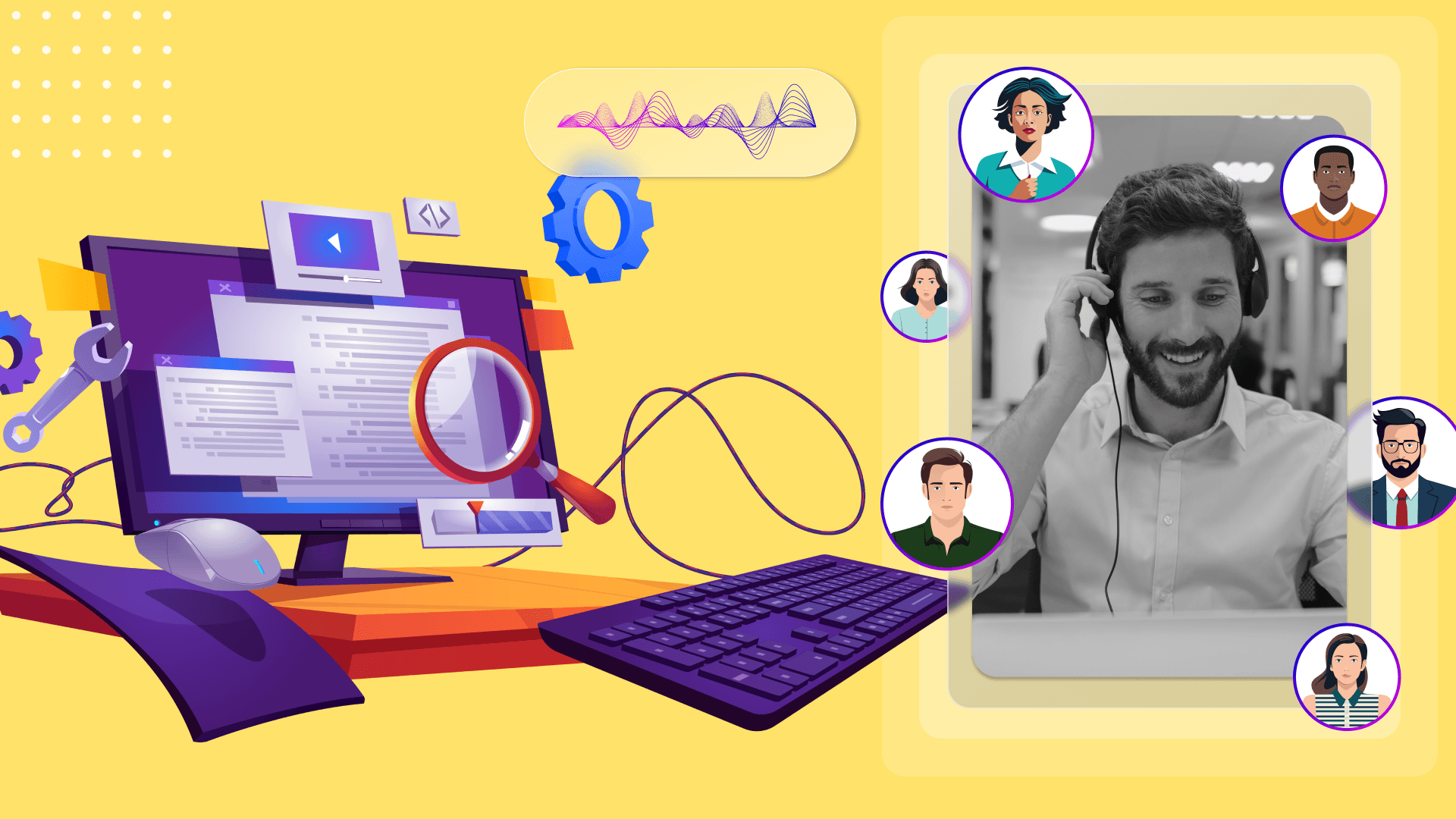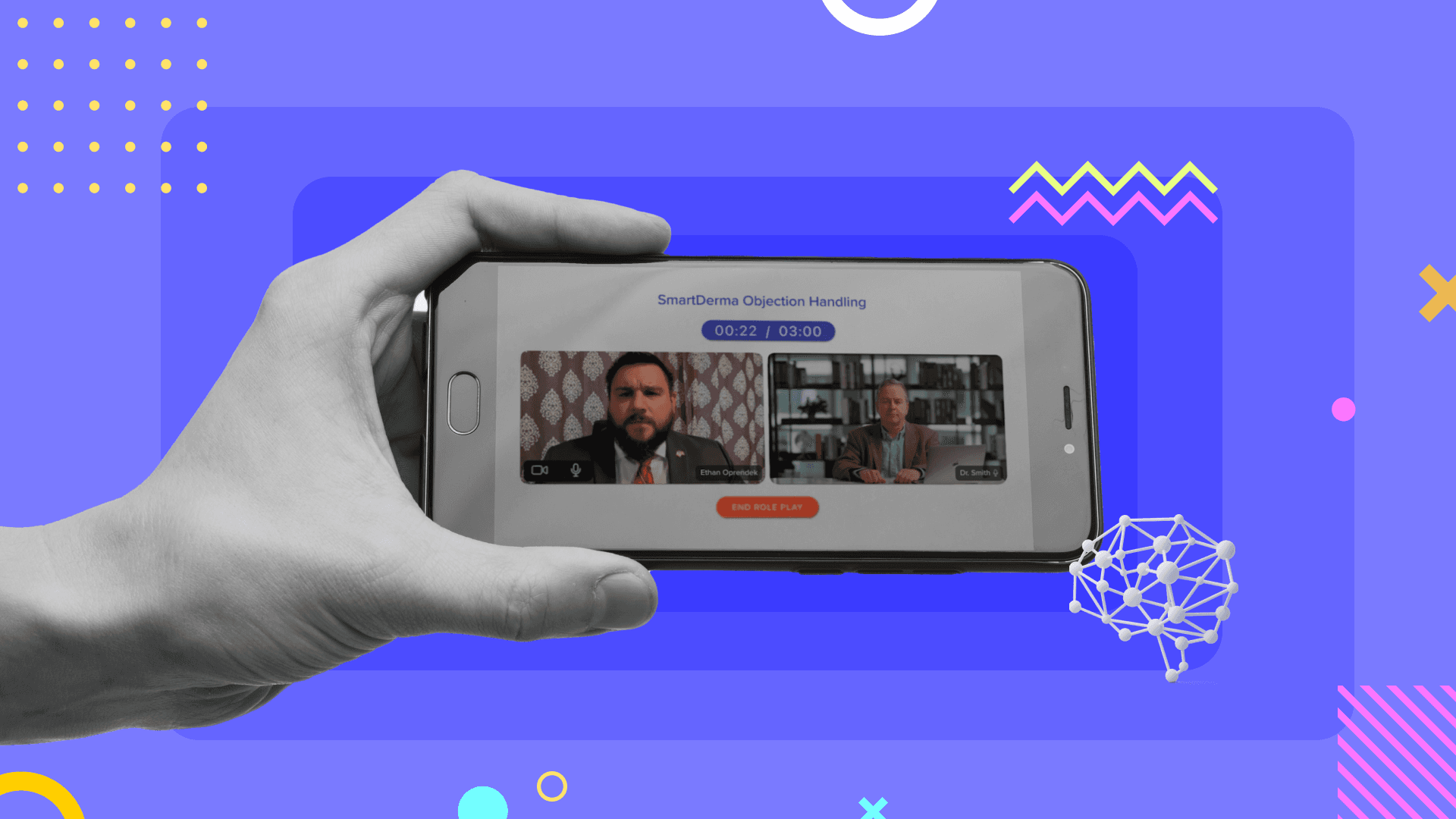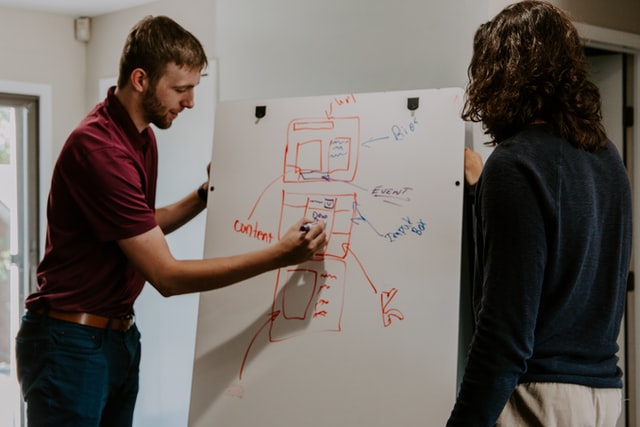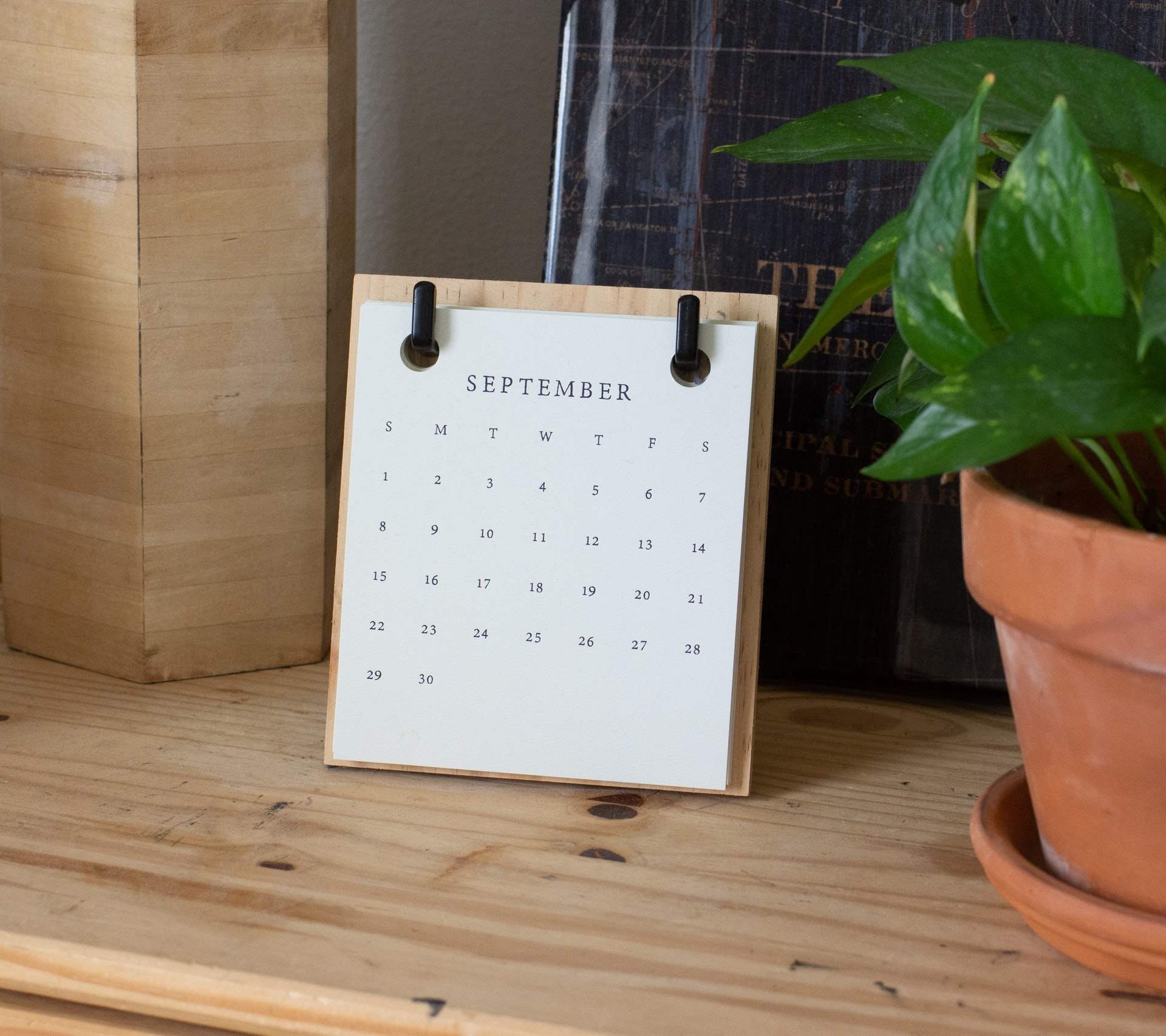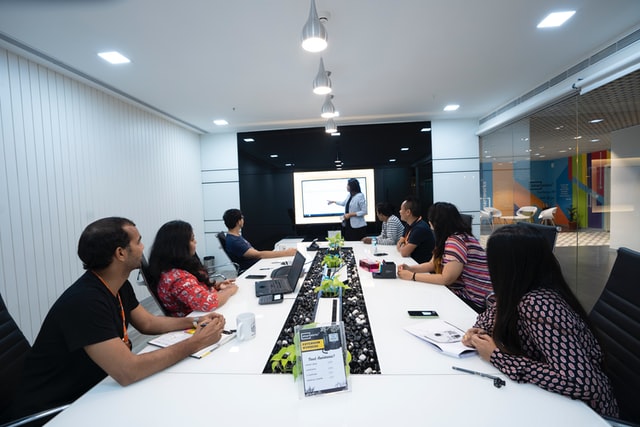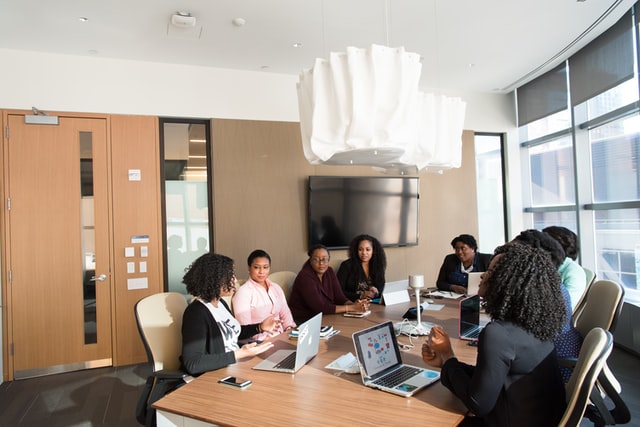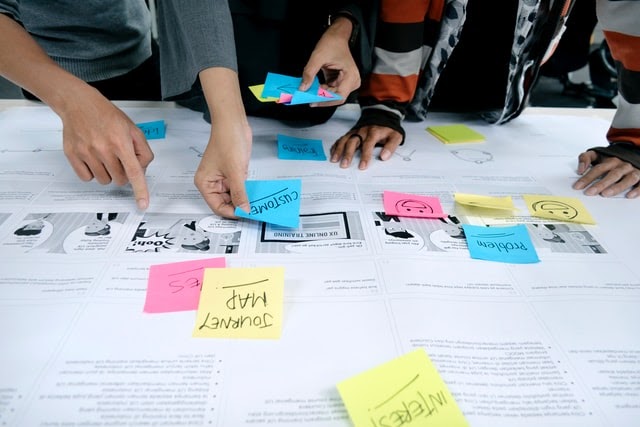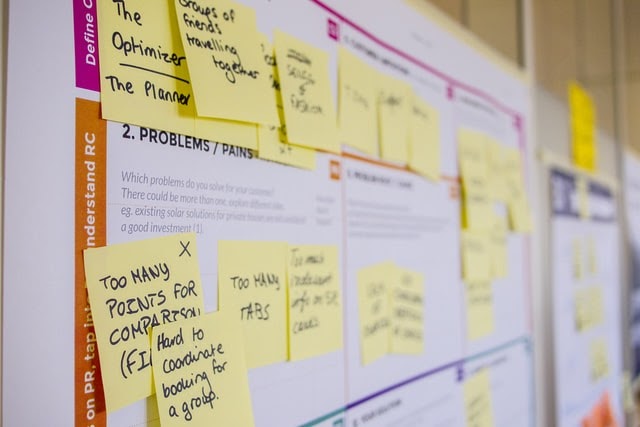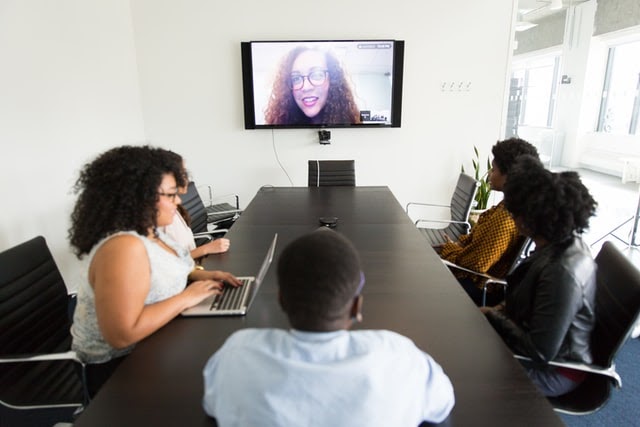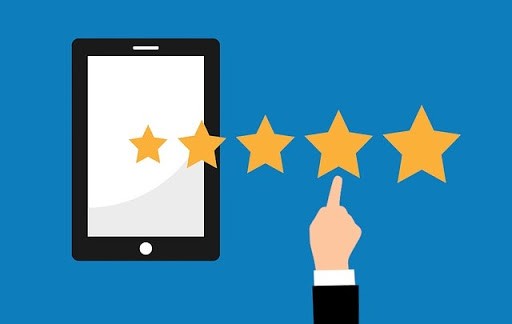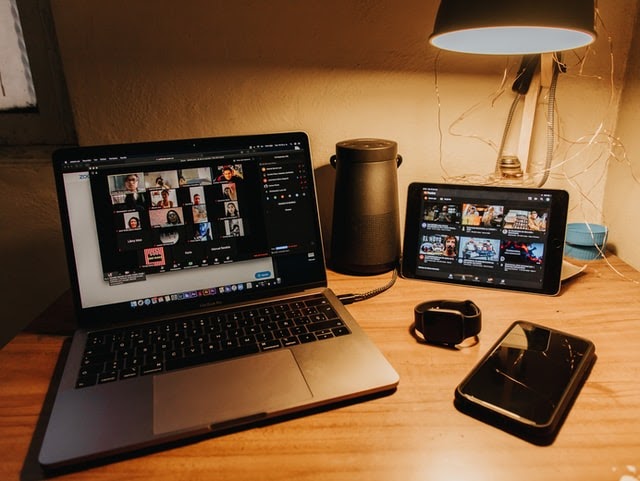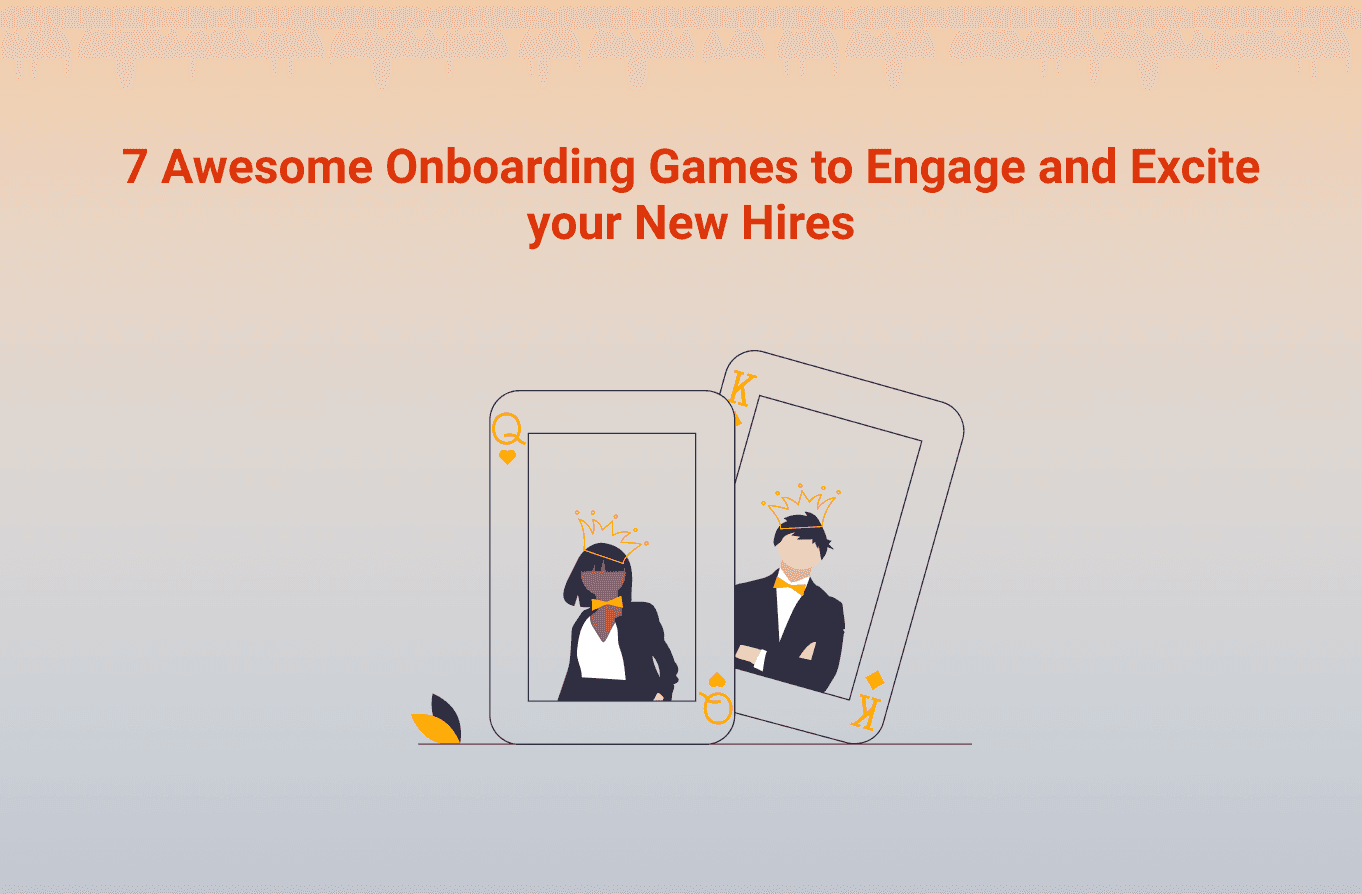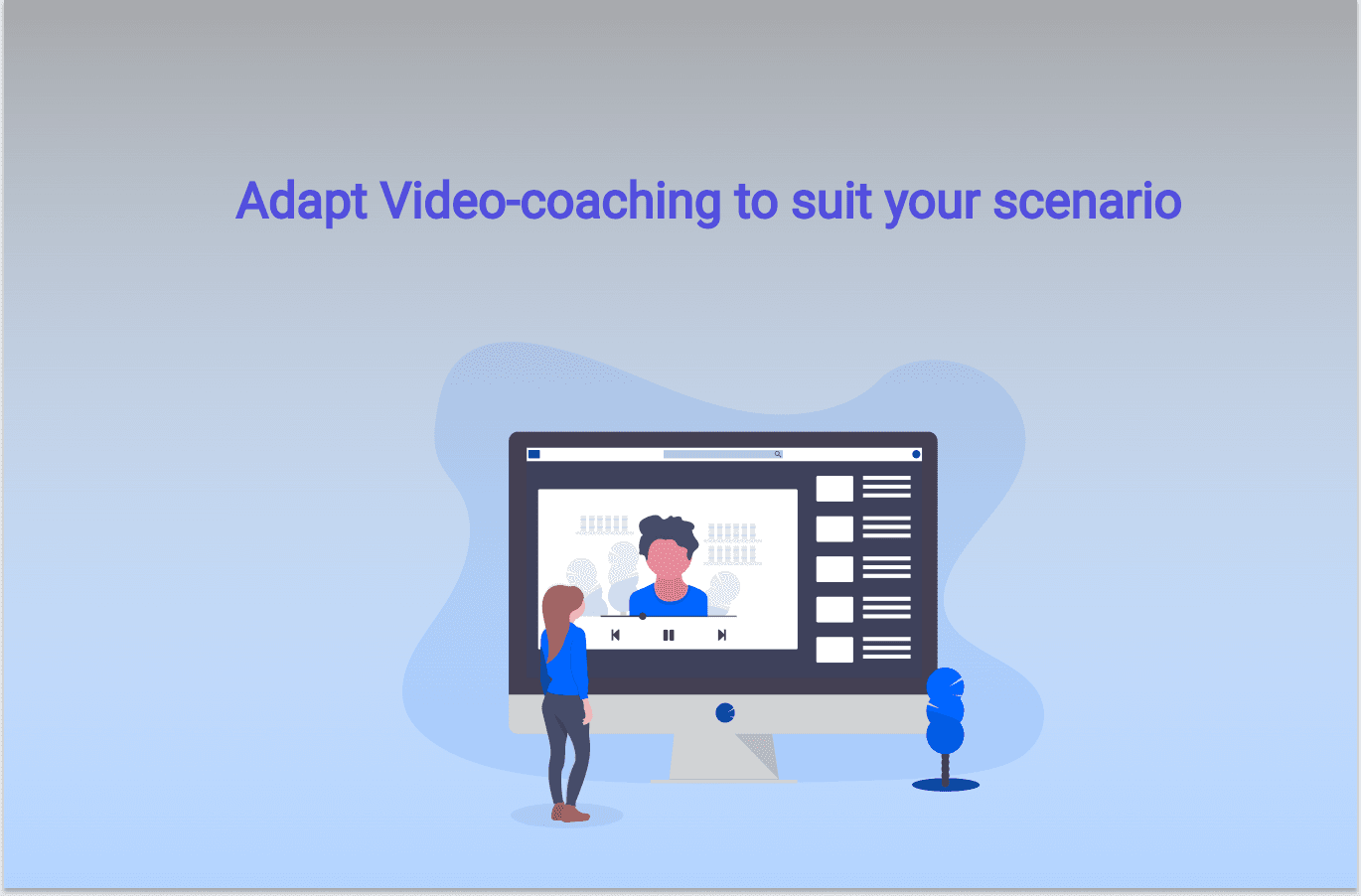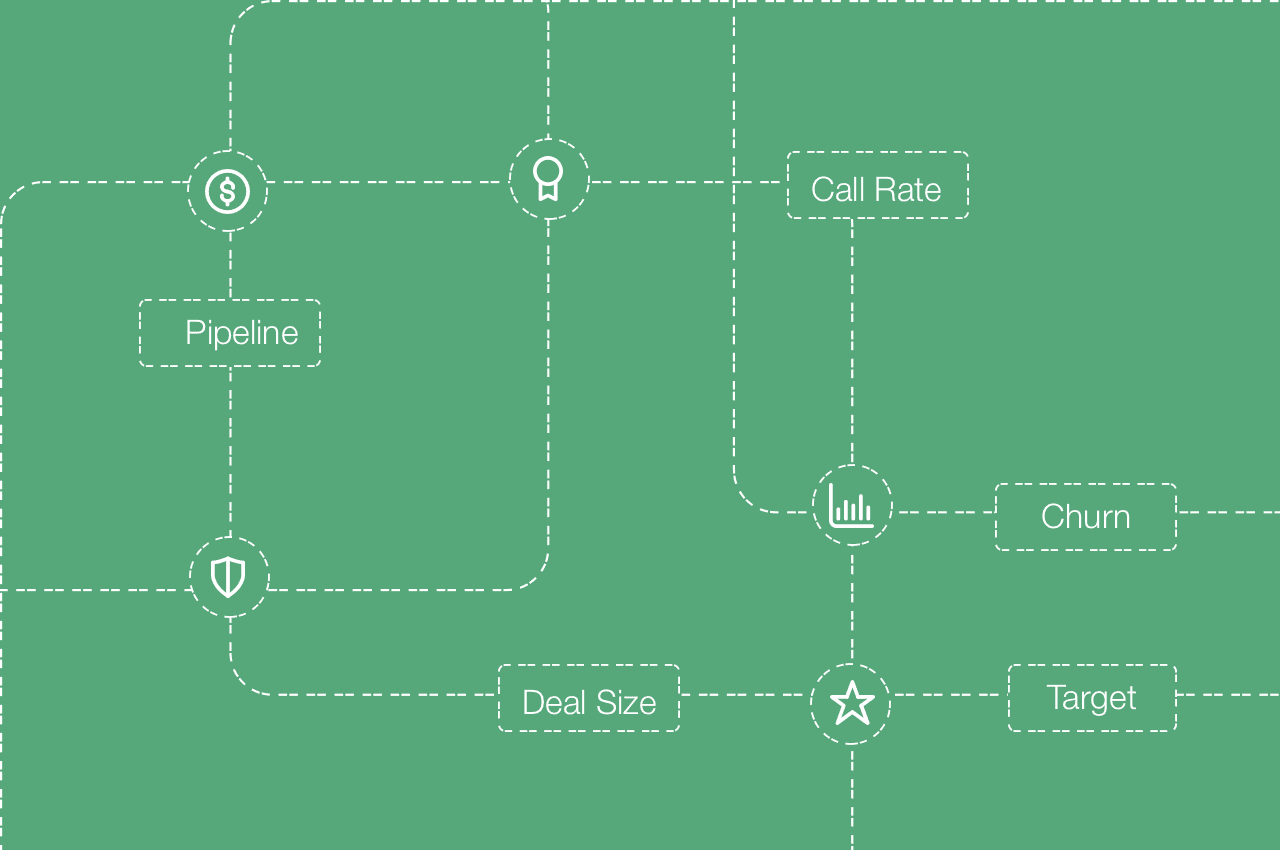March 2020 to July 2020 the period when the world-wide pandemic was at its peak. As companies around the world navigated through this pandemic, they were challenged to reimage and redesign
The way they worked
The way they connected with each other
And the way they operated their businesses This has disrupted a lot of business activities including corporate learning.
This is the time when learning and development in many organizations has evolved to meet the different needs of a completely new environment. We all have quickly pivoted to virtual training.
All of us have tried and tested a few ways to carry out our training virtually. Some have worked out really well and some did not.
But now that we have a few months of experience in this new normal, it’s time for us to build a solid strategy around virtual training. Because now, virtual is the new normal and it is here to stay.
From our experience of helping a lot of global companies to run virtual training programs, we have shared some crucial lessons in this blog. We hope that these lessons will help you avoid training pitfalls and establish a successful virtual training strategy at your organization
#NewWays of Training
1. Determine learning objectives in the new normal
The first and foremost thing that you need to do even before thinking about virtual training is to identify learning objectives that are relevant today and will be relevant in the future. This helps your organization to be future-ready.
So, analyze,
What does your market look like right now and how is it going to develop going forward?
Where do you see your organization in this new normal
What approach do you need to take in order to meet your goals during this crisis?
What competencies/skills do your people need to have in order to achieve the organizational goals in these challenging situations
From this analysis, create a new set of competencies that your reps need to be equipped with in order to successfully sell in the world hit by the pandemic. This way you can secure your organizational growth in an increasingly complex and competitive environment
2. Space out your training
Before this pandemic started, you must have had trainings that were conducted over multiple days. But, when you transform this training into a virtual environment, conducting training for days at a stretch is not ideal. Reasons:
The attention span of the audience in a virtual setting is lesser than what it is in a face-to-face class
It would be exhausting for people to stare at the system’s screen for hours together. As a result of this, the trainees will be able to take in only a fraction of the training
So what can be done?
Virtual training provides you with the opportunity to spread the training over a longer period. Here is how you can do that:
Space out your 2-day training across 6 weeks
Conduct two 90-minutes training sessions each week
Divide the training into various modules, topic-wise.
This method gives your reps an opportunity to perfect their skills one after another. They can
Learn a skill
Go off and practice it
Implement it
Then continue to build on the perfected skills in the next class
This also facilitates a way for you to verify if your trainees understand a subject well and are able to practically apply it before moving on to the next one
3. Leverage the best technologies for training
There are a lot of tools available in the market for virtual training. Its recommended that you use a limited number of platforms that are versatile. This ensures that your trainers and trainees are not overwhelmed by too many technologies.
In our experience here are the 3 best platforms that are enough to cover almost all your virtual training needs:
1. Video Conference tools like Zoom or Microsoft Teams: These tools help you to conduct instructor-led training sessions. They’re user-friendly.
They allow breakout rooms that facilitate collaboration and communication between your participants during their breaks between the training sessions. Also, training sessions can be recorded. You can then upload these recorded sessions as resources in the content repository for your trainees to reference later.
2. A learning specific platform like SmartWinnr: SmartWinnr is a gamified sales learning and performance software. With SmartWinnr, you can:
Conduct gamified surveys or polls in the middle of the training sessions to get active participation from the trainees
Send regular knowledge reinforcements to them to improve their knowledge profeciency
Conduct gamified assessments, once or twice evey week to gauge the learners’ knowledge retention and help them recall crucial information
Facilitate a content repository which acts as a one stop shop for the trainees to access all their training content
Facilitate peer-to-peer collaboration amongst the trainees through the group chat feature
The best part is that the trainees can access all these from their mobile devices, through the SmartWinnr app
3. A collaboration tool like Jamboard: Jamboard provides an opportunity for a group of participants to collaborate virtually and brainstorm ideas on one common sheet. They can then present their ideas to a larger group
4. Drive learning through real-life application
After each training session, encourage your reps to apply what they have learned to a real-life scenario.
For example, let’s say your trainees have been taught how to use the “IMPACT Sales” methodology to close deals, on Monday. Ask them to apply that closing technique on some of the deals that they are working on, over Tuesday and Wednesday. And then on Thursday when they come back for another training session, they can debrief and discuss what they have learned by actually applying it.
The trainee can share their experiences and tips with each other. They not only learn from their practical experience but they also gain knowledge from their peer’s experience.
5. Facilitate learning between the training sessions
Apart from the formal virtual classroom training, you also need to provide informal learning opportunities for the reps to really enhance their knowledge of various aspects.
Here are some ways to facilitate informal learning:
Breakout sessions: Organize break-out sessions between the training sessions. Learners can take a break from the formal training session for a few minutes and join the break-out rooms to collaborate with their peers. Here they can discuss topics related to the training. Include various subject matter experts in these breakout rooms. This gives an opportunity for the trainees to ask their doubts and get answers from the experts
Guest talks/ podcasts: Identify people at various levels in your organization who are experts in various subjects. Select experts right from the executive level to the front-line senior employees. Get each one of them to give a guest talk each week on their subject of expertise. Or you can also do podcasts with them and upload it as a resource for the reps to reference them at anytime.
Virtual chalk talks/ open mics: This gives an opportunity for the trainees to research any of the training topics, make a PPT on it and present it to their peers. Do these open mics once every week.
Virtual Cohorts: Create various virtual chat groups for various groups of trainees. You can create these chat groups based on the employees’.
I. Role
II. Or the business unit they belong to
III. Or the region they are from
This facilitates peer-to-peer collaboration and learning amongst the trainees and provides the participants with a place where they can
IV. Collaborate with their peers
V. Post their thoughts related to work or sales stories
VI. Share sales tips and best practices
VII. Answer each others’ queries
VIII. Post videos of their sales pitch
IX. Providing commercial insight etc
6. Facilitate reinforcements after training
It’s crucial to regularly reinforce the knowledge that trainees gain from the training sessions. This ensures that they retain crucial information from the training and remember it for a long time. This helps them to quickly recall that information when they need it the most (when in conversation with a client)
Here are some ways to reinforce the training regularly for the trainees
Microlearning: Break down your lengthy training content into smaller chunks of information. Convert these smaller chunks of information into various creative media formats like infographics, animated videos, storyboards, etc (called microlearning feeds). Deliver these microlearning feeds to the trainees on their mobile devices. This enables them to easily access the training content anytime and anywhere they want. Also, since the content is short and crisp, they will be able to easily grasp and digest it.
Quiz: Conduct short quiz tests, once every week, with about 5-10 questions. These quiz tests help the participants to recall crucial knowledge. Also, they allow you to measure knowledge retention and identify skill gaps amongst trainees. This in turn allows you to take appropriate measures to close those gaps.
Video coaching: Conduct video coaching for the participants once every month. Here is how video coaching works: The trainer assigns video coaching assignments to the participants. The participants have to record a video of themselves demonstrating their sales conversation skills and submit it for review.
The managers and/or trainers review these videos and provide scoring and constructive feedback through which the reps can correct their mistakes and improve themselves.
This provides a safe environment for the trainees to practice and perfect their sales conversations.
7. Add Gamification to the mix
Gamification plays a major role in motivating and keeping the trainees engaged with their learning during and after the training sessions.
Here are a few games that you can incorporate into your training program to gamify it and make it fun:
Polling champs: This game is to gamify the surveys and polls that the participants take in between the training sessions. Present an amazon gift card after each session to the participant who has given the most accurate and creative answers in the surveys and polls.
The star learner: This game encourages engagement during the training sessions. At the end of each training session, reward the trainee who has shown the most interest and involvement in the class. The one who asked good questions to the trainer. And has given correct answers to the questions asked by the trainer.
Quiz Bee: Use this game to gamify the quiz tests. Assign a score to the quiz. 5 points per correct answer. After each quiz reward the top 3 people with the highest score in the quiz with free meal coupons.
North star trainee: This one gamifies video coaching. After every video coaching asignment, select the person whose video is best amongst all the other videos. Reward her with an exciting prize.
Learn about the ideal learner’s journey that leads to creating sales experts
The Learner’s Journey: Making of a Sales Expert
Looking for a detailed guide on transforming your 2-day training to virtual training?
Read: How to Transform your 2-day Face-to-face Training into a Microsoft Teams Virtual Training?
More Resources on Remote Sales Training:
How to Deliver Training to your Remote Sales Staff? 7 Selling Skills that are Essential to Ace Remote Sales Top 4 Remote Selling Challenges and ways to overcome them
‘Work from Home Warriors’: Sales Training Game for Remote Sales Teams
Want to run a virtual sales kickoff?
Learn how to Create and Implement a Perfect Virtual Sales Kick-off?
Related Posts
Looking for a sales training software that takes your sales training to a whole new level?
Explore SmartWinnr’s Learning and Gamification features. Learn how to run fun and engaging sales training and sales coaching for your team through SmartWinnr.
Curious to learn more about it? Book a demo today!

